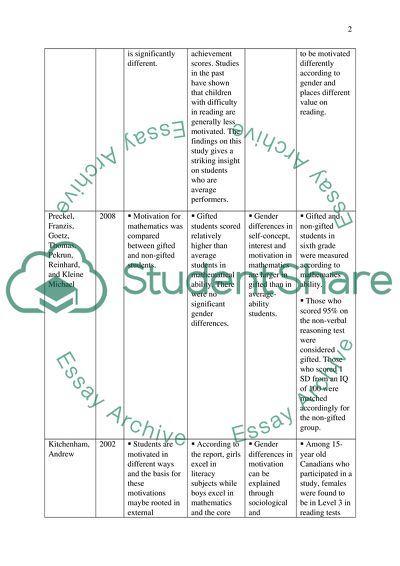Cite this document
(Studying the Motivation According to the Gender Research Proposal, n.d.)
Studying the Motivation According to the Gender Research Proposal. https://studentshare.org/education/1738012-designing-a-research-proposal
Studying the Motivation According to the Gender Research Proposal. https://studentshare.org/education/1738012-designing-a-research-proposal
(Studying the Motivation According to the Gender Research Proposal)
Studying the Motivation According to the Gender Research Proposal. https://studentshare.org/education/1738012-designing-a-research-proposal.
Studying the Motivation According to the Gender Research Proposal. https://studentshare.org/education/1738012-designing-a-research-proposal.
“Studying the Motivation According to the Gender Research Proposal”. https://studentshare.org/education/1738012-designing-a-research-proposal.


